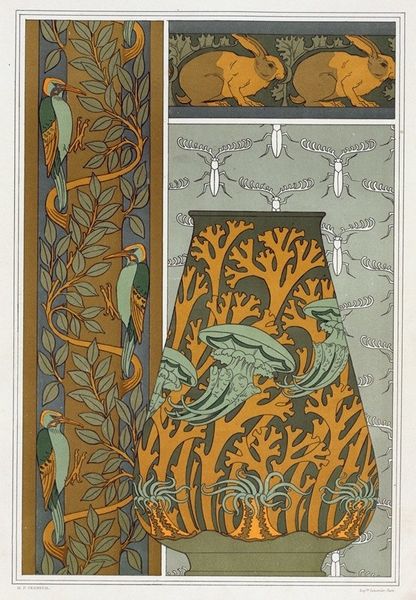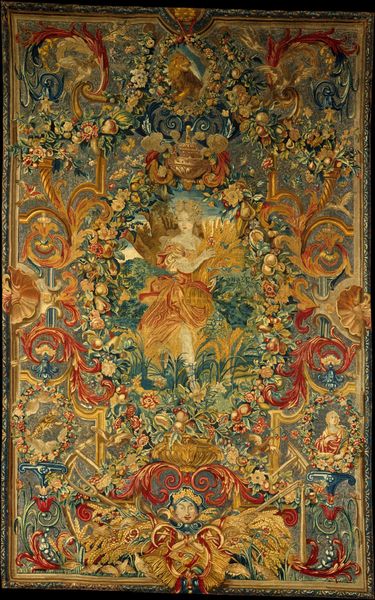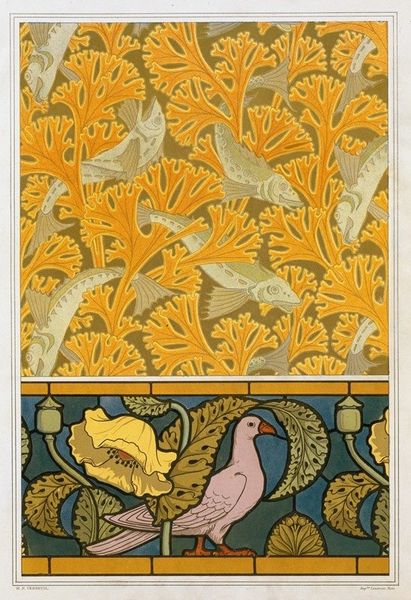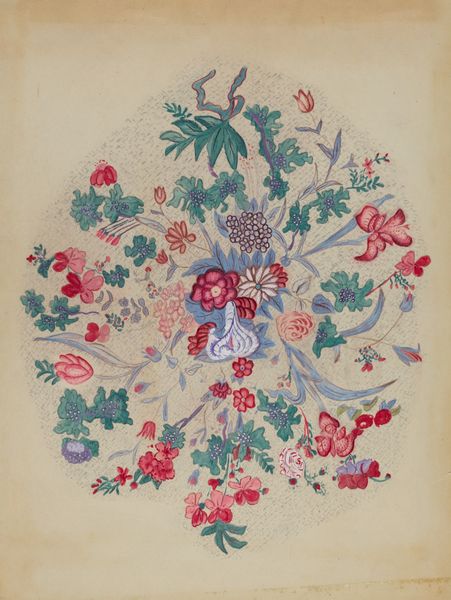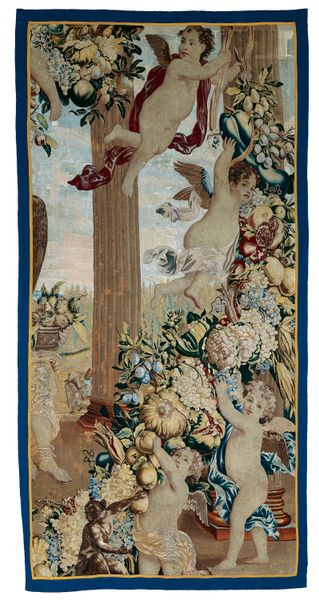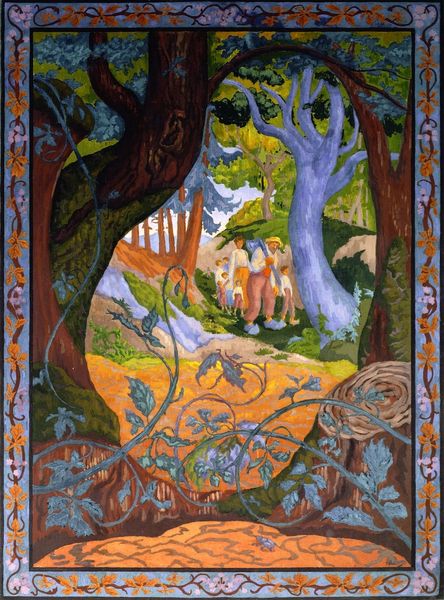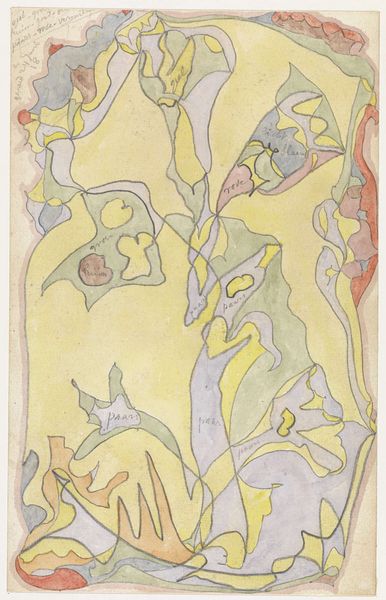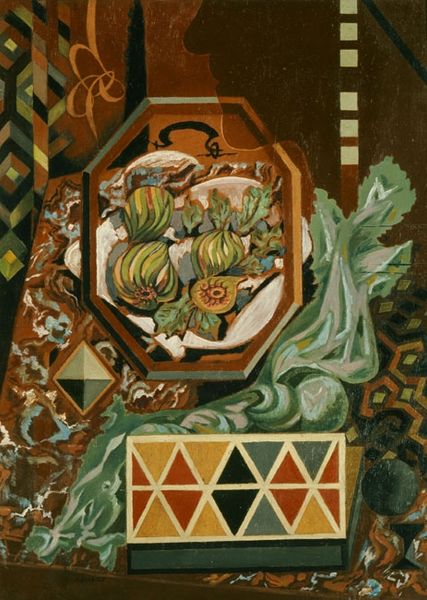
tempera, painting
#
portrait
#
art-nouveau
#
narrative-art
#
tempera
#
painting
#
landscape
#
figuration
#
symbolism
Copyright: Public domain
Editor: This is "Digitales," a tempera painting from 1899 by Paul Ranson. The scene feels very dreamlike, with this almost medieval maiden standing amongst lush vegetation. The colors are quite muted, and the whole composition seems flattened. What stands out to you in this work? Curator: What I see here is a symbolic landscape deeply rooted in the artistic climate of its time. Ranson, as part of the Nabis, was fascinated with imbuing everyday scenes with symbolic weight. Note the foxgloves, the "digitales" of the title; they're beautiful but also contain a potent medicine, digitalis. What does this juxtaposition suggest to you? Editor: Hmmm, beauty and danger, perhaps? A kind of warning embedded in the loveliness of nature? Curator: Precisely. The Art Nouveau style further enhances this duality. Those swirling, organic lines evoke growth and vitality, but there’s also an element of the uncanny. The woman seems caught between realities. Consider also the holly – often a symbol of protection, but also linked to folklore and even darker tales. Is she protecting herself, or us? Editor: That's fascinating! I hadn’t considered the potentially unsettling symbolism behind such an elegant image. It feels much richer now. Curator: Exactly. Ranson is playing with our cultural memory. He’s inviting us to delve deeper, beyond the surface beauty, and engage with the layered meanings within this carefully constructed dreamscape. We are drawn to the symbolic and its implications of psychological revelation, the cultural narratives it presents us with. Editor: So, it’s not just a pretty picture but a whole world of hidden meanings! Thanks for opening my eyes to it. Curator: My pleasure. Art offers us a path of interpreting coded symbolism through the vision of the artist, a process that can reveal far more than we ever imagined.
Comments
No comments
Be the first to comment and join the conversation on the ultimate creative platform.




